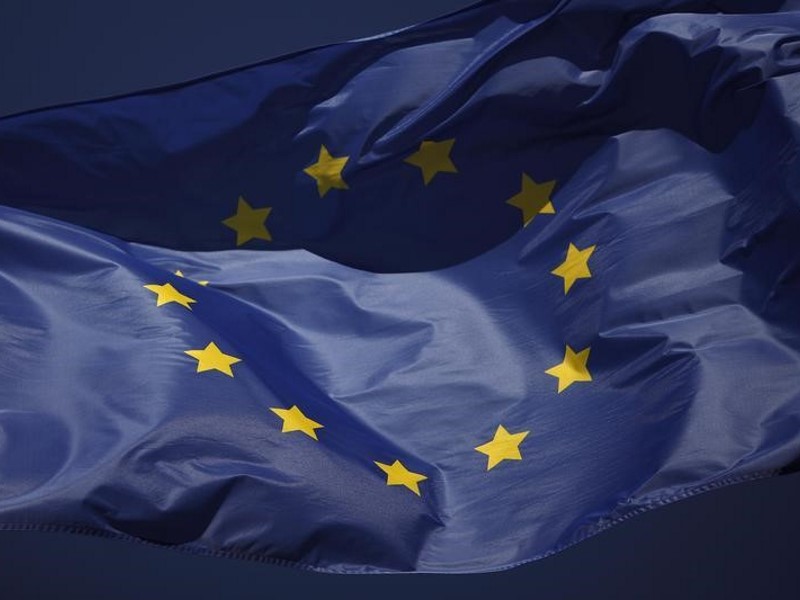- Home
- Internet
- Internet News
- EU Privacy Watchdogs Raise Concerns Over US Data Pact
EU Privacy Watchdogs Raise Concerns Over US Data Pact

The EU-US Privacy Shield, agreed in February after two years of talks, is designed to help firms on both sides of the Atlantic to move Europeans' data to the United States without falling foul of strict EU data transfer rules.
It will replace Safe Harbour, struck down last year by the top EU court following a challenge spurred by revelations of mass US government surveillance programmes.
European data protection authorities on Wednesday urged the European Commission - which negotiated the framework - to address their concerns in order for them to be able to establish that data transferred to the United States is afforded the same standard of protection as in Europe.
Isabelle Falque-Pierrotin, chair of the group of 28 data protection authorities, said
She also said the regulators had doubts about the effective powers and independence of the US ombudsman who will deal with EU complaints about US surveillance practices.
"We don't have enough security guarantees in the status of the ombudsperson," Falque-Pierrotin said.
While non-binding, the opinion from the regulators is important because they enforce data protection law across the EU and can suspend specific data transfers.
However, companies can still transfer data to the United States using contracts establishing privacy protections between groups, so-called standard contractual clauses and binding corporate rules.
EU data protection law bars companies from transferring personal data to countries deemed to have insufficient privacy safeguards, of which the United States is one, unless they set up such contracts or use a framework like the Privacy Shield.
Cross-border data transfers are used in many industries for sharing employee information, and consumer data is shared to complete credit card, travel or e-commerce transactions, or to target advertising based on customer preferences.
Falque-Pierrotin welcomed improvements in the Privacy Shield compared with Safe Harbour, such as a clearer explanation of EU citizens' rights and means for redress.
The data protection authorities urged the European Commission to review the Shield in two years when a stricter European data protection law comes into force.
Member state representatives have to approve the framework before it is formally adopted, something the Commission hopes to do by June.
© Thomson Reuters 2016
Catch the latest from the Consumer Electronics Show on Gadgets 360, at our CES 2026 hub.
Related Stories
- Samsung Galaxy Unpacked 2025
- ChatGPT
- Redmi Note 14 Pro+
- iPhone 16
- Apple Vision Pro
- Oneplus 12
- OnePlus Nord CE 3 Lite 5G
- iPhone 13
- Xiaomi 14 Pro
- Oppo Find N3
- Tecno Spark Go (2023)
- Realme V30
- Best Phones Under 25000
- Samsung Galaxy S24 Series
- Cryptocurrency
- iQoo 12
- Samsung Galaxy S24 Ultra
- Giottus
- Samsung Galaxy Z Flip 5
- Apple 'Scary Fast'
- Housefull 5
- GoPro Hero 12 Black Review
- Invincible Season 2
- JioGlass
- HD Ready TV
- Laptop Under 50000
- Smartwatch Under 10000
- Latest Mobile Phones
- Compare Phones
- OPPO Reno 15 Pro Max
- Honor Win RT
- Honor Win
- Xiaomi 17 Ultra Leica Edition
- Xiaomi 17 Ultra
- Huawei Nova 15
- Huawei Nova 15 Pro
- Huawei Nova 15 Ultra
- Asus ProArt P16
- MacBook Pro 14-inch (M5, 2025)
- OPPO Pad Air 5
- Huawei MatePad 11.5 (2026)
- Xiaomi Watch 5
- Huawei Watch 10th Anniversary Edition
- Acerpure Nitro Z Series 100-inch QLED TV
- Samsung 43 Inch LED Ultra HD (4K) Smart TV (UA43UE81AFULXL)
- Asus ROG Ally
- Nintendo Switch Lite
- Haier 1.6 Ton 5 Star Inverter Split AC (HSU19G-MZAID5BN-INV)
- Haier 1.6 Ton 5 Star Inverter Split AC (HSU19G-MZAIM5BN-INV)

















